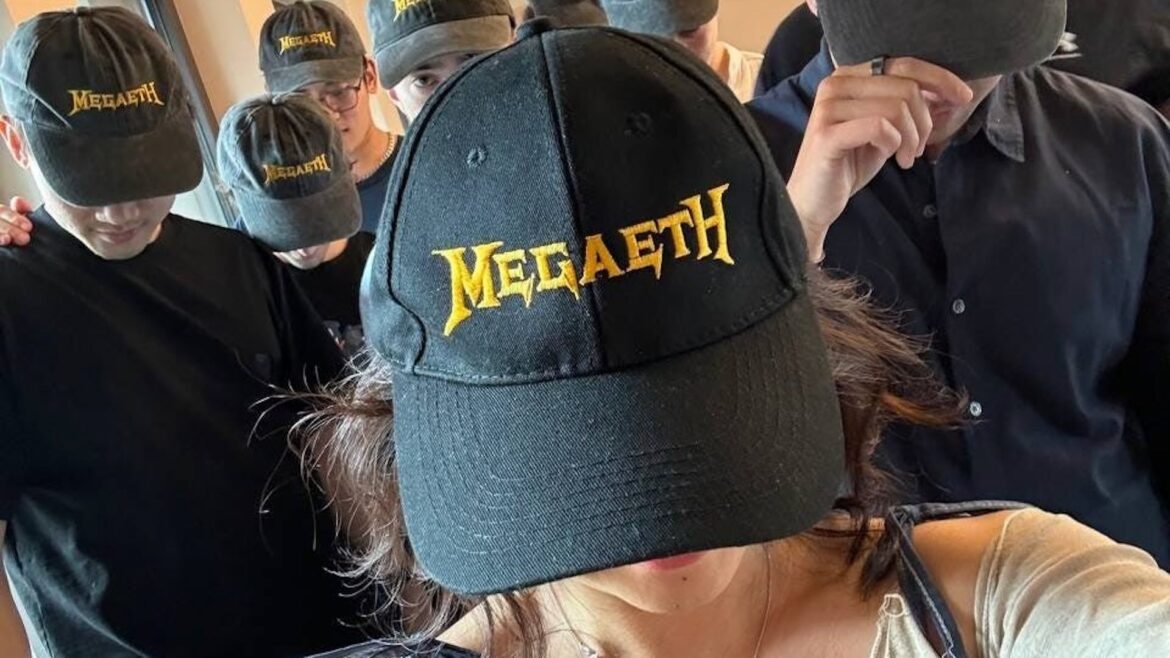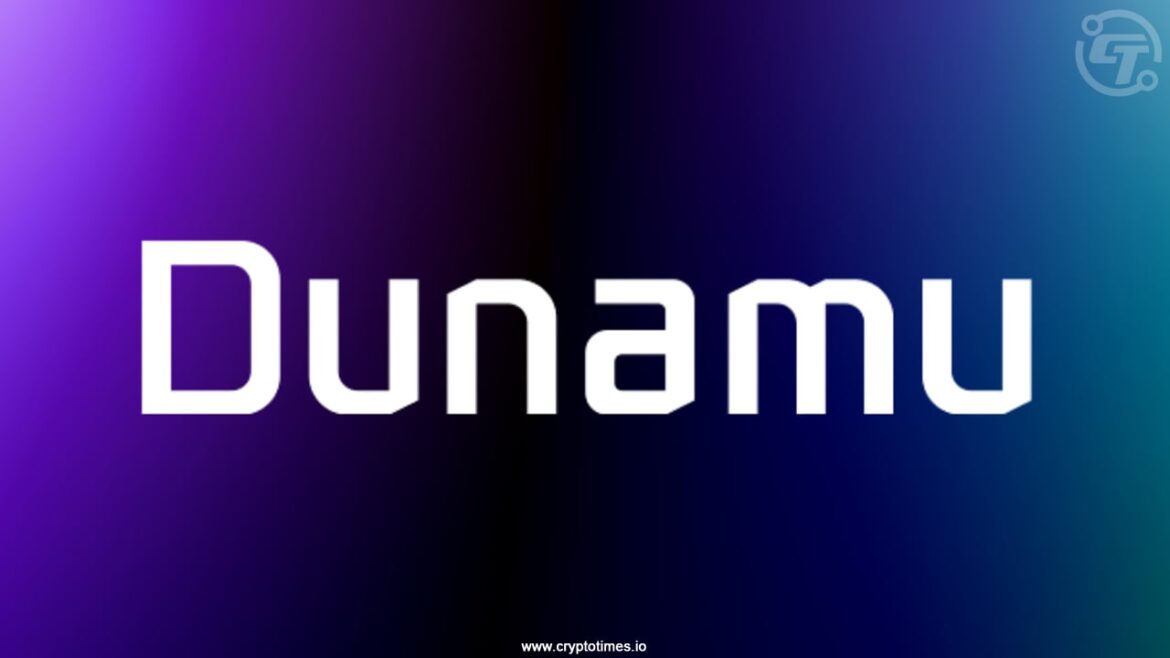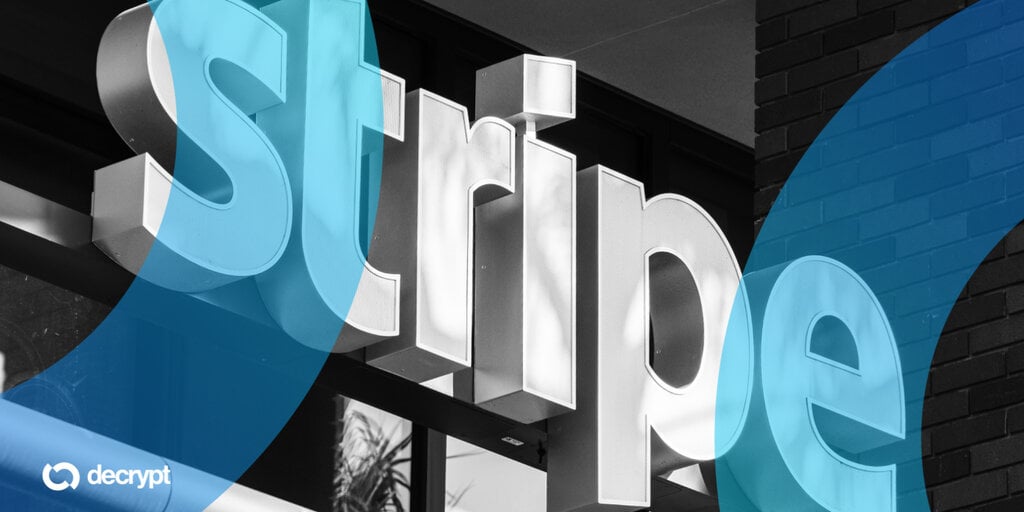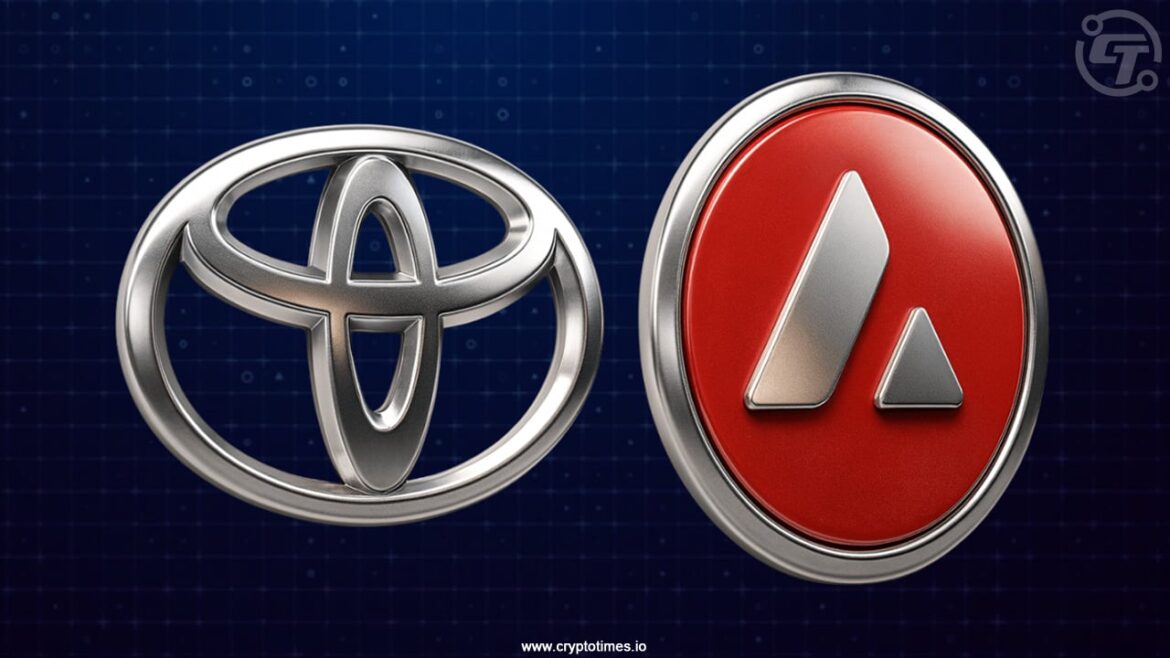MegaETH, an Ethereum scaling network designed for transactions that process so quickly it calls itself a “real-time” blockchain, said on Monday it is launching a native stablecoin with fast-growing DeFi protocol Ethena .
The token, dubbed USDm, will be embedded closely into applications and protocols built on top of the network and aims to help keep transaction costs low on the chain by redirecting revenues from the reserve assets to subsidize sequencer costs, according to a blog post.
“USDm means lower fees for users and a more expressive design space for applications,” MegaETH co-founder Shuyao Kong said in the blog post. “We are excited to work with Ethena to enable a win-win scenario for all stakeholders in our ecosystem.”
The token will be backed in the beginning by Ethena’s USDtb, a yield-generating token backed by BlackRock’s tokenized money market fund BUIDL. Later, other and future Ethena-issued tokens may be added such USDe, MegaETH said in a blog post.
Ethena’s governance token, ENA (ENA), gained 7% over the past 24 hours, outperforming the broader crypto market.
Stablecoins are a fast-growing, $270 billion group of cryptocurrencies, predominantly with prices tied to the U.S dollar. They serve as a primary liquidity and trading pairs on crypto venues, and are also increasingly used for cross-border payments promising faster, cheaper transactions on blockchain rails compared to traditional banking channels. They received a regulatory boost earlier this year in the U.S. when President Donald Trump signed the GENIUS Act, the first major piece of crypto legislation in the country, into law.
MegaETH’s stablecoin is the latest example of crypto ecosystems making steps to issue a proprietary stablecoin with a service provider instead of solely relying on the existing stablecoin offerings, currently dominated by Circle’s USDC and Tether’s USDT.
Popular crypto wallet MetaMask recently announced the launch of its own stablecoin with infrastructure providers M0 and Stripe’s Bridge, while Hyperliquid, a layer-1 network known for its popular on-chain perpetual swaps exchange, is holding an audition for a stablecoin issuer partner for its own token.
MegaETH’s token plan also highlights Ethena venturing into the stablecoin-as-a-service business, helping other crypto ecosystems to issue their own stablecoins. The protocol is behind the $13 billion digital dollar USDe, which provider yield by holding spot crypto like bitcoin and ether while selling (shorting) an equal amount of derivatives to harvest the funding rate.
Read more: Hyperliquid Faces Community Pushback Against Stripe-Linked USDH Proposal









